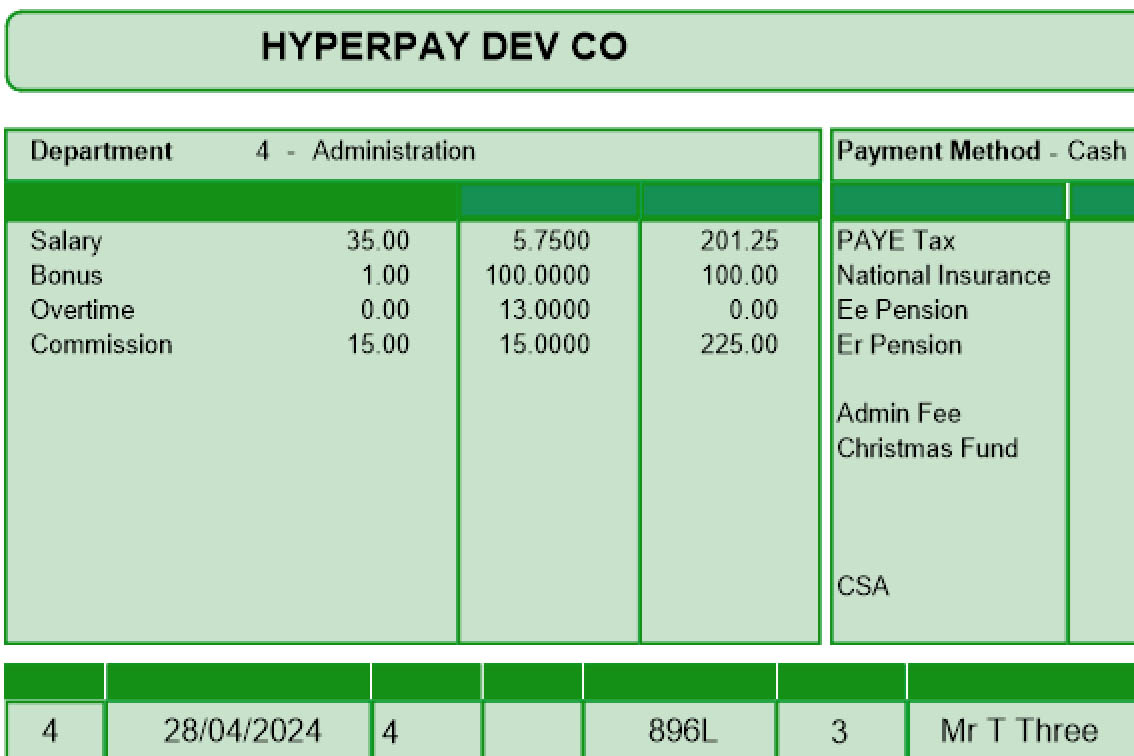
In today’s rapidly evolving workplace, the shift towards digital processes is inevitable. Among these changes, transitioning from printed Sage Payslips to digital payslips can significantly enhance efficiency, reduce costs, and improve security for businesses. However, this shift requires careful planning and execution. Here are seven key strategies to ensure a smooth transition to digital payslips.
-
Assess Your Current Sage Payroll System
The first step in going digital is to thoroughly assess your existing payroll system. Identify the processes involved in your current payslip distribution, the type of information included, and how employees access this information. Understanding the strengths and limitations of your current system will help pinpoint what needs to improve during the transition to digital.
-
Choose the Right Digital Solution
There are numerous digital payroll solutions available, but not all will be right for your organization. Consider factors such as compatibility with existing HR systems, security features, ease of use, ease of migration and regulatory compliance. It’s important to choose a solution that not only meets your current needs but also scales with your organisation’s growth.
-
Engage Stakeholders Early
Timely engagement with all stakeholders including HR, IT, finance, and especially your employees, is crucial. Inform them about the benefits of moving to digital payslips, such as instant access to latest payslips and increased access to historical pay data as well as environmental benefits from reduced paper use. Address any concerns they might have, such as security of personal data, and explain the measures in place to protect their information.
-
Provide Adequate Training and Support
Switching to a digital system can be a significant change for employees used to traditional paper payslips. Provide comprehensive training to ensure that everyone understands how to access and interpret their digital payslips. Make support readily available to address any issues promptly, ensuring a positive experience for all users.
-
Implement in Phases
For larger organisations, it’s wise to roll out the digital payslip system in phases. Start with a pilot group of employees who can provide feedback on the process. This allows you to make necessary adjustments before a full-scale rollout. Phased implementation helps mitigate risks and makes the transition smoother for the organisation as a whole.
-
Ensure Legal Compliance
Ensure that your digital payslip system complies with local payroll laws. This includes regulations regarding data protection and employee privacy. Consulting with legal experts can help avoid potential legal challenges related to digital payslip implementation.
-
Monitor and Iterate
After the initial rollout, continuously monitor the new system’s performance. Solicit feedback from users and use this data to improve the system. Regular updates and refinements are essential to keep the digital payslip system effective and user-friendly.
Conclusion
Transitioning to digital payslips is more than just a technological upgrade, it’s a significant enhancement to the payroll management system that offers numerous advantages. By following these key strategies, organisations can ensure a successful transition, fostering a more efficient, secure, and environmentally friendly payroll process. This strategic move not only saves time and resources but also aligns with the modern workforce’s expectations for digital and accessible solutions.
Buy Sage Payslips
If you’re not ready to make the switch to digital payslips just yet, here are a couple of websites where you can buy sage payslips to suit your printer:
